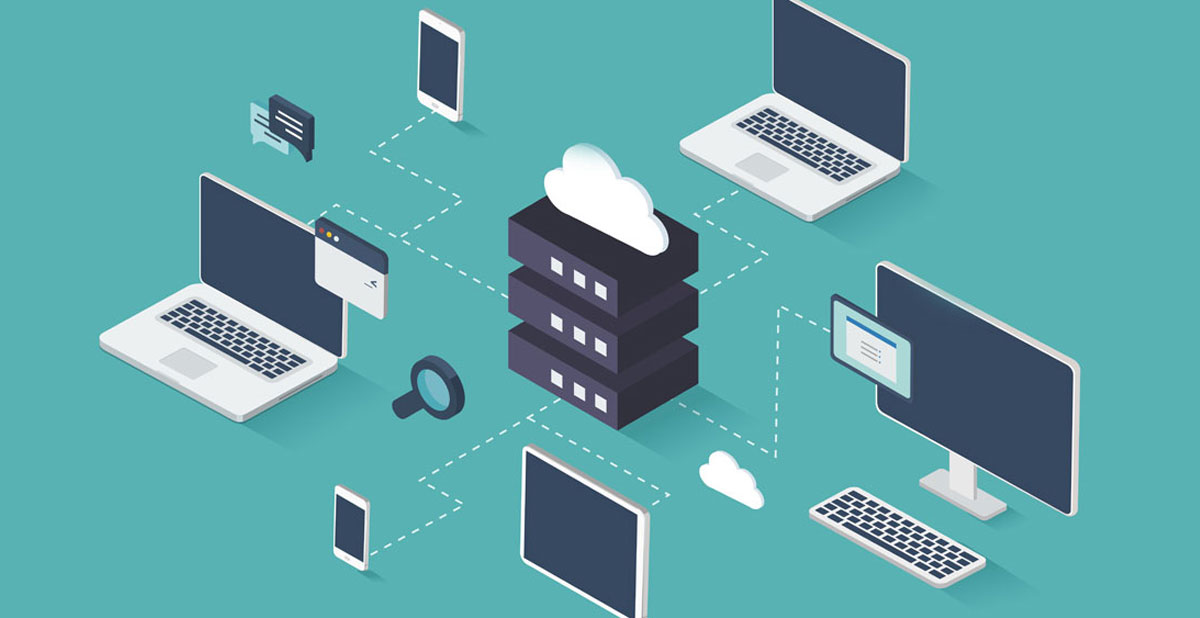A cloud desktop is a remote desktop service that enables users to access their files, applications, and data from any device with an Internet connection. Cloud desktops are hosted in the cloud, so they can be accessed from anywhere, at any time.
Cloud desktops provide a number of advantages over traditional desktop computer systems. For one, they are much more convenient to use since users can access their data and applications from any location. Additionally, cloud desktops are typically more reliable and secure than on-premise computer systems since they are not subject to hardware or software failures. Finally, cloud desktops can be scaled up or down as needed, so organizations only pay for the computing resources that they actually use.

There are many benefits of using cloud desktops, including the following:
Convenience
Users can access their data and applications from any location with an Internet connection.
Improved collaboration
Users can share files and applications with other users easily, which makes collaboration among team members much easier.
Cost savings
Using cloud desktops can save businesses money since they do not need to purchase and maintain on-premise hardware or software. Additionally, businesses only pay for the computing resources that they actually use.
Scalability
Cloud desktops can be scaled up or down as needed, so organizations only pay for the computing resources that they actually use. This makes them ideal for businesses that have fluctuating computing needs.
CRS is a provider of desktop cloud services. The company enables businesses to securely connect their employees’ PCs to the cloud, making it possible for them to access their applications and data from any location. CRS offers a variety of plans that allow businesses to pay for only the resources they need, when they need them. This makes it an ideal solution for businesses that have seasonal or fluctuating workloads. In addition, by using the company’s desktop cloud services, businesses can reduce their IT costs by eliminating the need to purchase and maintain on-premises infrastructure.
